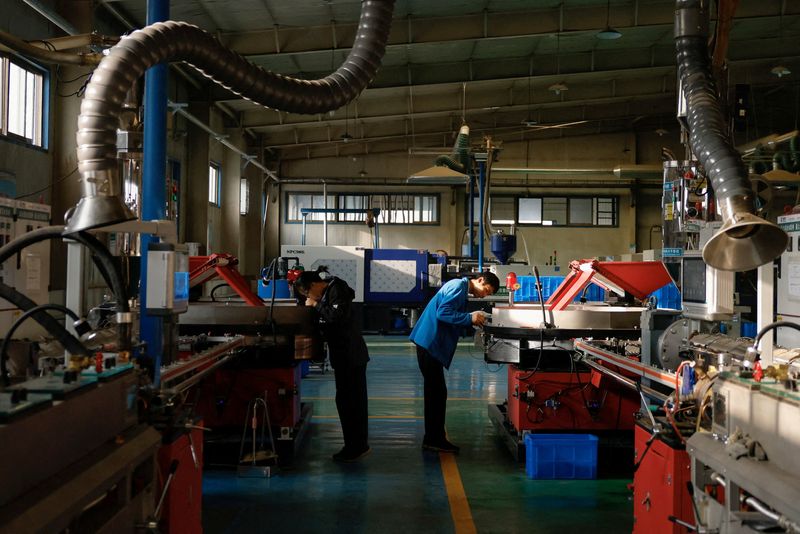China's Manufacturing Sector Signals Steady Recovery: Fourth Consecutive Month of Growth

China's manufacturing sector shows resilience, poised to expand for the fourth consecutive month in January, demonstrating the underlying strength of the world's second-largest economy. However, this growth comes with a complex backdrop of potential challenges, including anticipated U.S. tariff increases that could dampen domestic demand and intensify deflationary pressures.
Economic experts surveyed by Reuters predict the official purchasing managers' index will maintain its steady position at 50.1, mirroring December's performance and crucially remaining above the critical 50-point threshold that distinguishes economic expansion from contraction.
While China successfully achieved its annual growth target of around 5% in 2024, the economic landscape reveals a nuanced picture. The recovery appears uneven, with robust export performance and industrial output significantly outpacing more sluggish retail sales. A persistently high unemployment rate further underscores the economic complexity facing the nation.
This delicate balance highlights the ongoing challenges of sustaining economic momentum in a rapidly changing global economic environment, where external pressures and internal dynamics continue to test China's economic resilience.

